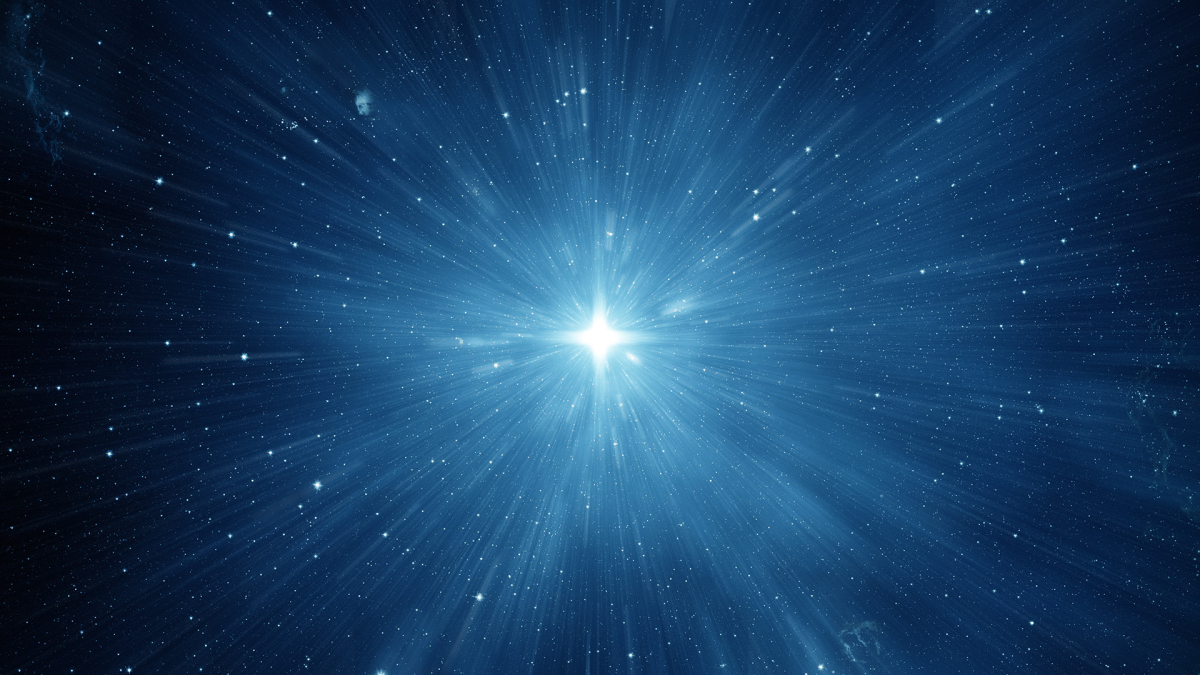The brightness of this object contradicts our physical understanding
A new study Nasa explains how a cosmic object could break the physical brightness limit. For this purpose, a so-called ultra-luminous X-ray source (ULX) was investigated.
It was already known that these ULX appear at least brighter than we think is physically possible, but until now scientists have thought this to be an optical illusion.
The study by Nasa now uses an example to show that the ULX examined, called the M82 X-2, could actually exceed the brightness limit known to us, the so-called Eddington limit.
Nasa describes how the Eddington limit works in an accompanying blog article on the newly published study:
“Particles of light, called photons, exert a small impact on objects they encounter. When a cosmic object like a ULX emits enough light per square foot, the outward photonic thrust can overwhelm the inward pull of the object’s gravity. When this happens, an object has reached the Eddington limit, and the light from the object will theoretically repel any gas or other material that falls on it.”
So the more mass that is pulled into a ULX, the brighter it gets. However, according to the Eddington limit, the examined ULX does not have enough mass to be as bright as it is. It is more than 100 times brighter than it should be according to this rule of physics.
So far, researchers have assumed that strong winds form a kind of cone around the light source and thus direct a large part of the light emissions in one direction. If these emissions are then directed towards Earth, the light source could appear to be emitting more light than the Eddington limit allows, but actually isn’t.
However, the new study proposes a different hypothesis. Accordingly, very strong magnetic fields could deform the otherwise spherical atoms into elongated atoms. As a result, the photons can no longer easily push these elongated atoms away, which allows for a higher maximum brightness.
However, the researchers cannot prove whether this is actually possible, since we cannot simulate or generate such strong magnetic fields in a laboratory with our current technology.
“That’s the beauty of astronomy. By observing the sky, we expand our ability to study how the universe works. On the other hand, we cannot conduct experiments to get quick answers; we have to wait for the universe to show us its secrets,” concludes Matteo Bachetti, lead author of the study.



